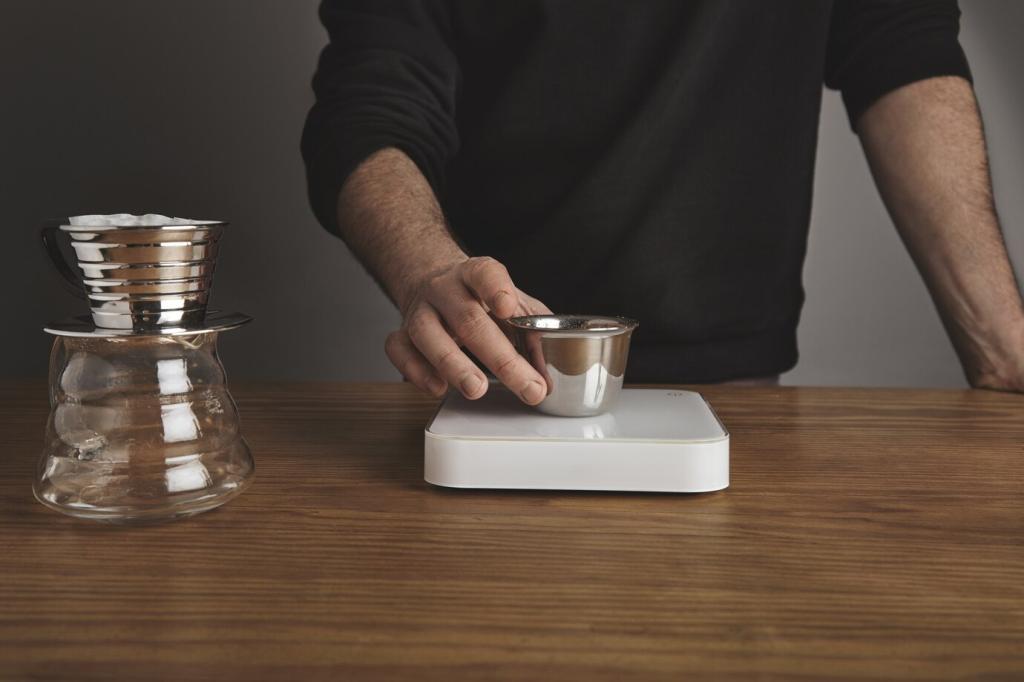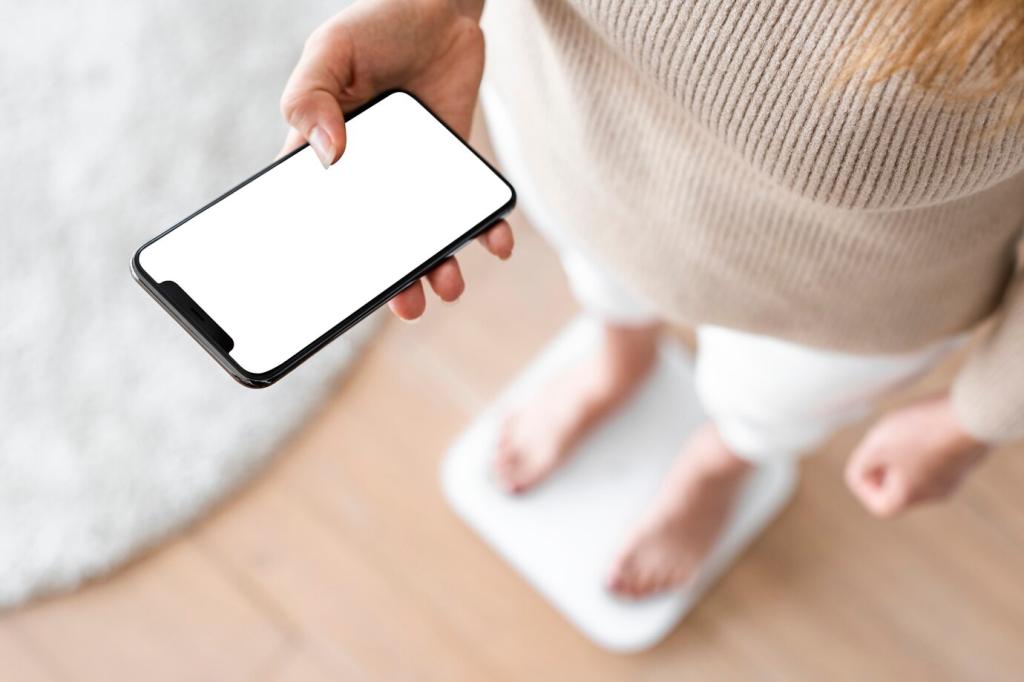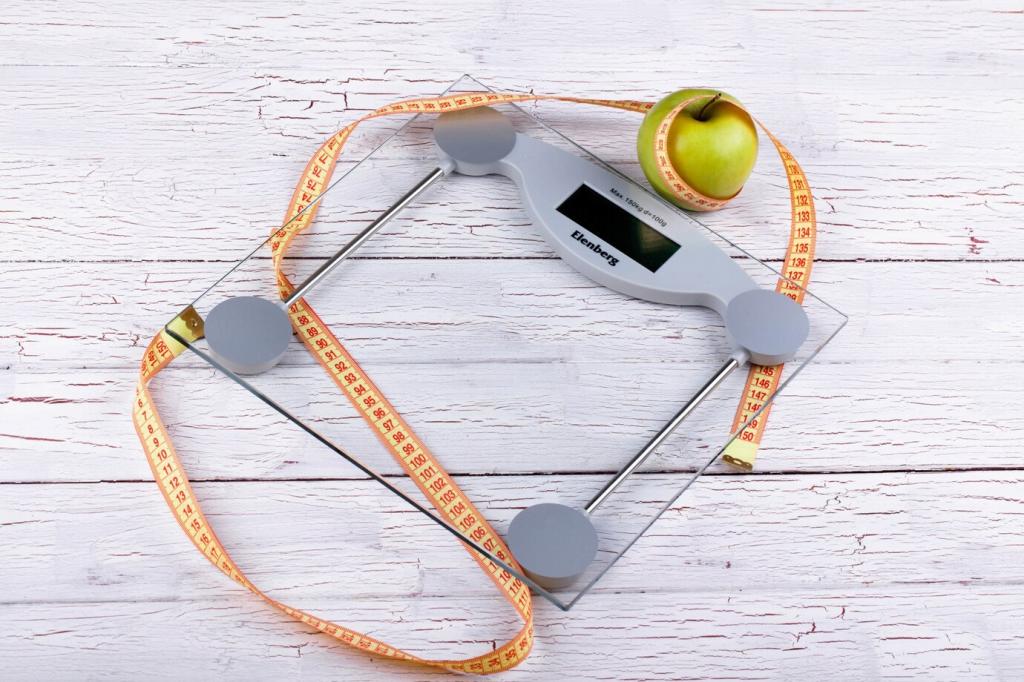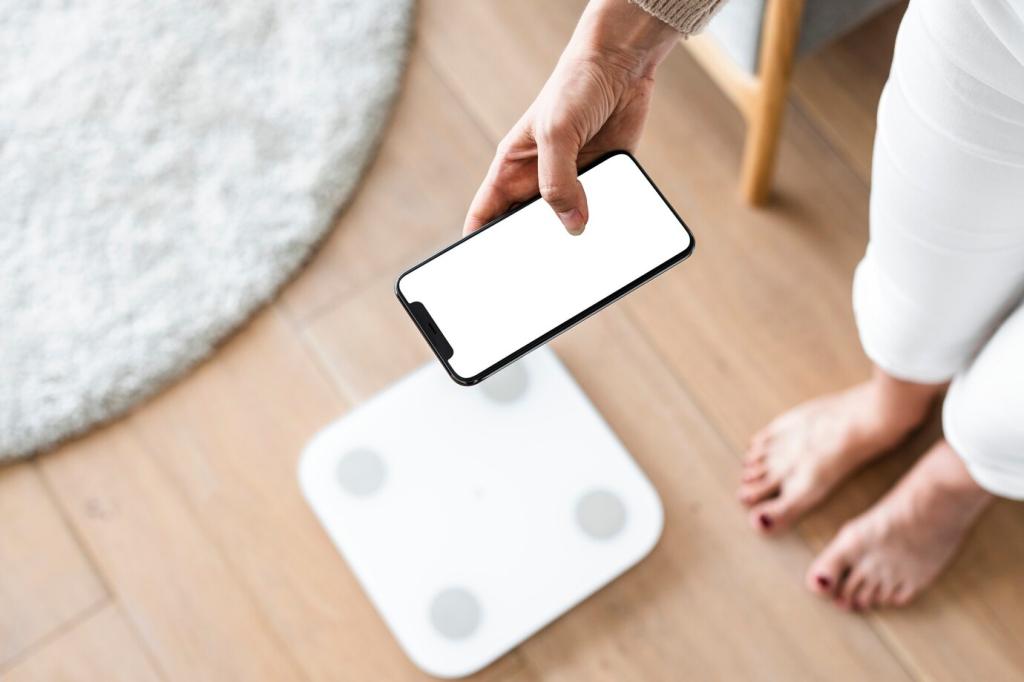Understanding Digital Addiction: A Clear Path to Balance
Chosen theme: Understanding Digital Addiction. Let’s explore why screens grip our attention, how habits quietly shape our days, and compassionate, practical ways to reclaim balance. Join the conversation, share your story, and subscribe for weekly guidance you can actually use.



The Psychology Behind Digital Addiction
Apps are engineered around variable rewards: infinite scroll, streaks, and unpredictable notifications. Each micro-win releases a dopamine pulse, reinforcing the loop. Recognizing these mechanisms helps you resist them and reclaim your attention with intention instead of impulse.
The Psychology Behind Digital Addiction
Stress, loneliness, ADHD traits, and unstructured time make digital escapes especially tempting. Teens, night-shift workers, and those navigating grief or burnout often lean on screens for relief. Understanding your personal risk factors invites targeted, humane strategies that truly fit your reality.
Recognizing the Signs and Symptoms
Compulsive checking, phantom vibrations, and losing hours to “just one more” video are common. You might hide usage, break promises to yourself, or ignore responsibilities. If this resonates, comment with a moment you want to change, and we’ll cheer on your next experiment.
Recognizing the Signs and Symptoms
Notice anxiety when separated from your phone, FOMO in quiet moments, or a numbness that follows binge scrolling. Relief quickly turns into guilt or irritability. Naming these emotions is not weakness; it is data. Track them daily to see patterns you can gently adjust.
Recognizing the Signs and Symptoms
Sleep disruption, missed deadlines, and strained relationships are tangible outcomes. Blue light delays rest, late-night messages spike cortisol, and fragmented focus sabotages deep work. Keep a one-week usage journal, then share your insights here to refine sustainable, compassionate adjustments with our community.
Setting Healthy Boundaries with Technology
Remove addictive apps from the home screen, switch your phone to grayscale, and log out after each session. Use scheduled Focus modes. Insert a thirty-second delay before launch with a sticky note prompt: “What am I here for?” Share your favorite friction hack below.


Setting Healthy Boundaries with Technology
Turn off badges, bundle non-urgent alerts, and route critical messages through VIP filters. Silence group chats after work. Protect deep work with calendar blocks and auto-replies. Comment with the one notification you disabled today and what reclaimed minute you spent intentionally instead.
Alex’s Weekend Experiment
Alex moved entertainment apps to a tablet left at home and took long walks without headphones. The first afternoon felt itchy; by Sunday, curiosity returned. On Monday, Alex noticed fewer reflex checks at work. Try a mini-version and tell us what surprised you most.
A Parent’s Gentle Reset
One family drafted a tech agreement: devices charge outside bedrooms, shared screen time on weekends, and a nightly porch chat. Conflicts eased within two weeks. If you’re parenting through this, share a house rule that worked—or ask the community for kid-tested ideas.
Learning to Be Bored Again
Boredom became a doorway for Maya. She carried a pocket notebook, sketched at bus stops, and left her phone zipped away. Within days, small details felt vivid again. Try a boredom walk this week and comment with the most ordinary, beautiful thing you noticed.
Tracking and Awareness Without Shame
Use Screen Time, Digital Wellbeing, or RescueTime to observe, not judge. Notice triggers and peaks. Pair data with purposeful experiments: app limits, downtime, or focus filters. Share a single metric you will track this week and the small lever you’ll adjust in response.
Analog Allies That Make Life Lighter
Alarm clocks prevent morning spiral. Paper notebooks capture ideas without rabbit holes. E-ink readers reduce distractions. A simple kitchen timer supports deep work. Post your favorite analog tool and how it changes the first or last twenty minutes of your day for the better.
Mindfulness for Cravings and Urges
Practice three breaths before unlocking your phone. Label the urge—“seeking novelty,” “avoiding discomfort,” or “lonely”—then choose intentionally. Try urge surfing for ninety seconds. Afterward, write one sentence about what you needed. Share your script to inspire someone else’s kinder pause today.


Building Supportive Communities and Conversations
Ask colleagues, “How do you protect your focus window?” or friends, “What offline habit makes you happiest?” Frame curiosity, not judgment. Start a lunch chat about mute strategies or boundary rituals. Comment with a prompt you’ll use this week to spark an honest discussion.
